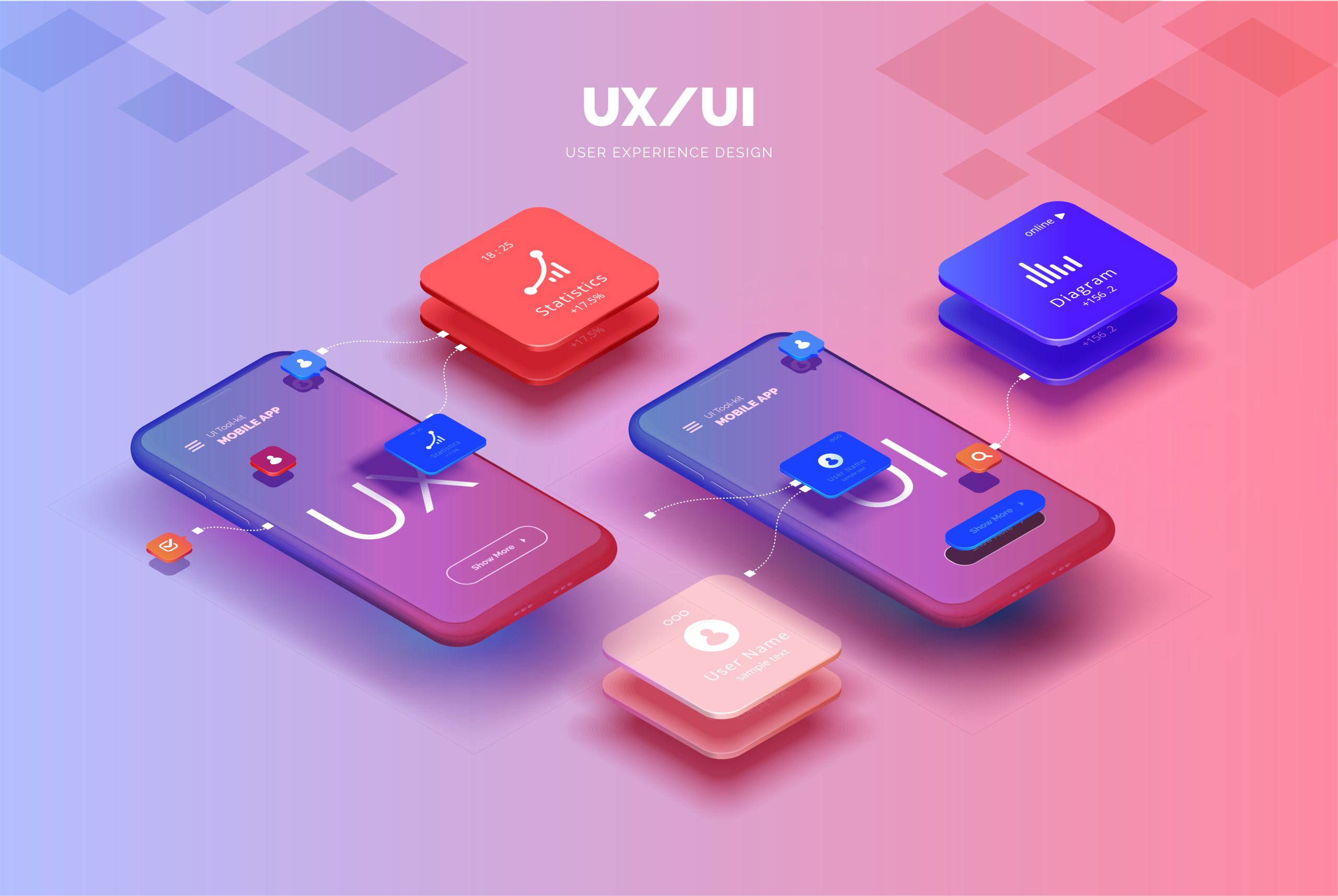

The world of UI/UX design is evolving rapidly, and AI-generated design is at the forefront of this transformation in 2025. By combining the power of artificial intelligence with human creativity, design teams are creating more effective, personalized, and accessible digital experiences than ever before.
AI-powered design tools can automatically generate layouts, wireframes, and even complete prototypes based on user requirements or existing design data. This automation accelerates the design process, allowing designers to iterate faster and reduce time-to-market.
Using AI algorithms that analyze user data in real time, interfaces can adapt dynamically to individual preferences, behavior patterns, and contexts. This results in highly personalized experiences that keep users engaged and satisfied.
AI tools can run A/B tests on design variants automatically and gather user interaction data to suggest improvements. This ensures that design decisions are backed by solid data, improving usability and conversion rates.
Accessibility is a key component of modern UI/UX. AI can help detect and fix accessibility issues automatically, such as color contrast problems, font readability, and navigation simplicity, making apps and websites usable for everyone.
AI design assistants integrate seamlessly with popular design platforms like Figma and Adobe XD, offering real-time suggestions, design completions, and smart asset management. This fosters better collaboration and unleashes creativity by removing mundane tasks.
Here are some of the leading AI-powered design tools shaping the future of UI/UX:
Figma has introduced AI-powered plugins that assist with automated layout generation, content creation, and accessibility checks — speeding up design workflows and improving quality.
Uizard uses AI to turn hand-drawn sketches or wireframes into digital UI prototypes automatically, saving designers hours on the initial design phase.
Adobe’s AI generative tool helps create design elements, images, and text effects instantly, allowing designers to focus more on creativity and less on repetitive tasks.
Looka’s AI-driven branding and design tools generate logos, color palettes, and brand assets based on user inputs, perfect for quick brand identity creation.
This AI tool converts hand-drawn sketches into HTML prototypes, bridging the gap between designers and developers.
An AI-powered color scheme generator that analyzes existing palettes and user preferences to suggest harmonious color combinations, improving visual design and accessibility.